Bungie admits it shipped Destiny 2's Stasis power knowing it would need to be nerfed 'three or four times'
On a podcast, Bungie developers talked transparently about the problems with Stasis and the larger PvP sandbox.
When Bungie released its Beyond Light expansion to Destiny 2 in October 2020, it gave Guardians the ability to wield a completely new damage element called Stasis. Becoming a frost wizard was awesome for Destiny 2's PvE players, but the ice-themed abilities also shattered the fragile balance of its PvP mode, The Crucible. For months, hardcore and casual players alike have complained about how Stasis had sucked the fun out of PvP matches. After months punctuated by incremental nerfs that did little to slow the dominance of Stasis, Bungie rolled out a swingering set of balance changes to the Stasis subclass in a bid to address the biggest pain points which have been endured by the PVP community over the past eight months.
When we shipped it the consensus we had was yep, we're gonna have to nerf that.
Kevin Yanes
Meanwhile, in a revealing interview on the Destiny Community Podcast that also took place this week, Abilities Feature and Sandbox Discipline Lead Kevin Yanes along with Weapons Feature Lead Chris Proctor spoke candidly about how Stasis came to be so overpowered in PvP, admitting that they knew it would need to be nerfed when they shipped it. The whole interview is worth listening to in its entirety, and touches on a number of current player concerns as well as providing a fascinating look at how the dev team approaches changes to the live game. You can find the full version over at the Destiny Community Podcast.
Below, I've broken down the five key things that Yanes and Proctor had to say.
Bungie shipped stasis knowing it would be a problem in PvP
With any live-service game, adding new content will inevitably shift power balances and optimal in-game metas. But Stasis was the first time Bungie added a whole new elemental damage type. When Stasis hit the live game it didn't just shift the meta, it became the meta. However, Stasis' core elemental identity—freezing and shattering opponents—was something that Yanes said the team struggled to fit within the Destiny power fantasy at first.
"Freezing started out as no bleed through, 100hp shield and you didn't do a ton of damage to it so it was just painful," Yanes explained. "Yeah, you could pause a dude, but that's all you did. It felt super dissonant to the rest of the game that was about handling an encounter, finding the next one. Stasis at the time felt like, I am going to deal with that one guy for upwards of five seconds. To me that's nuts in a game like Destiny."
"There was friction that we were dealing with that was not only, like, I don't really understand the implicit value in freezing someone in a game that's about constantly running and gunning," Yanes continued. "There's this second thing that's like, I can't perceive the value [of freezing] as easily as I can perceive Golden Gun because Golden Gun just fucking deletes somebody."
It was the pursuit of player value that "haunted" Yanes' team to "just [keep] turning it up and up and up" until we got Stasis version 1.0 in all its aim-destroying, quintuple-freezing, shatter-driving madness. Yanes also admitted to knowing Stasis was way too hot before launch: "When we shipped it the consensus we had was yep, we're gonna have to nerf that," he said. "The quote I gave one of our gameplay specialists before they left was 'I expect to hit this about three or four times before we get it to a place where I'm comfortable with it.'"
The biggest gaming news, reviews and hardware deals
Keep up to date with the most important stories and the best deals, as picked by the PC Gamer team.
This feels like a substantial admission, given that Bungie tends to do balance patches at a rate of about one per season, each of which lasts around 10 weeks.
Though Yanes was under no illusions that Stasis needed more tuning, he said that "the [community] reactions kind of painted the picture of the timeline these [nerfs] needed to happen."
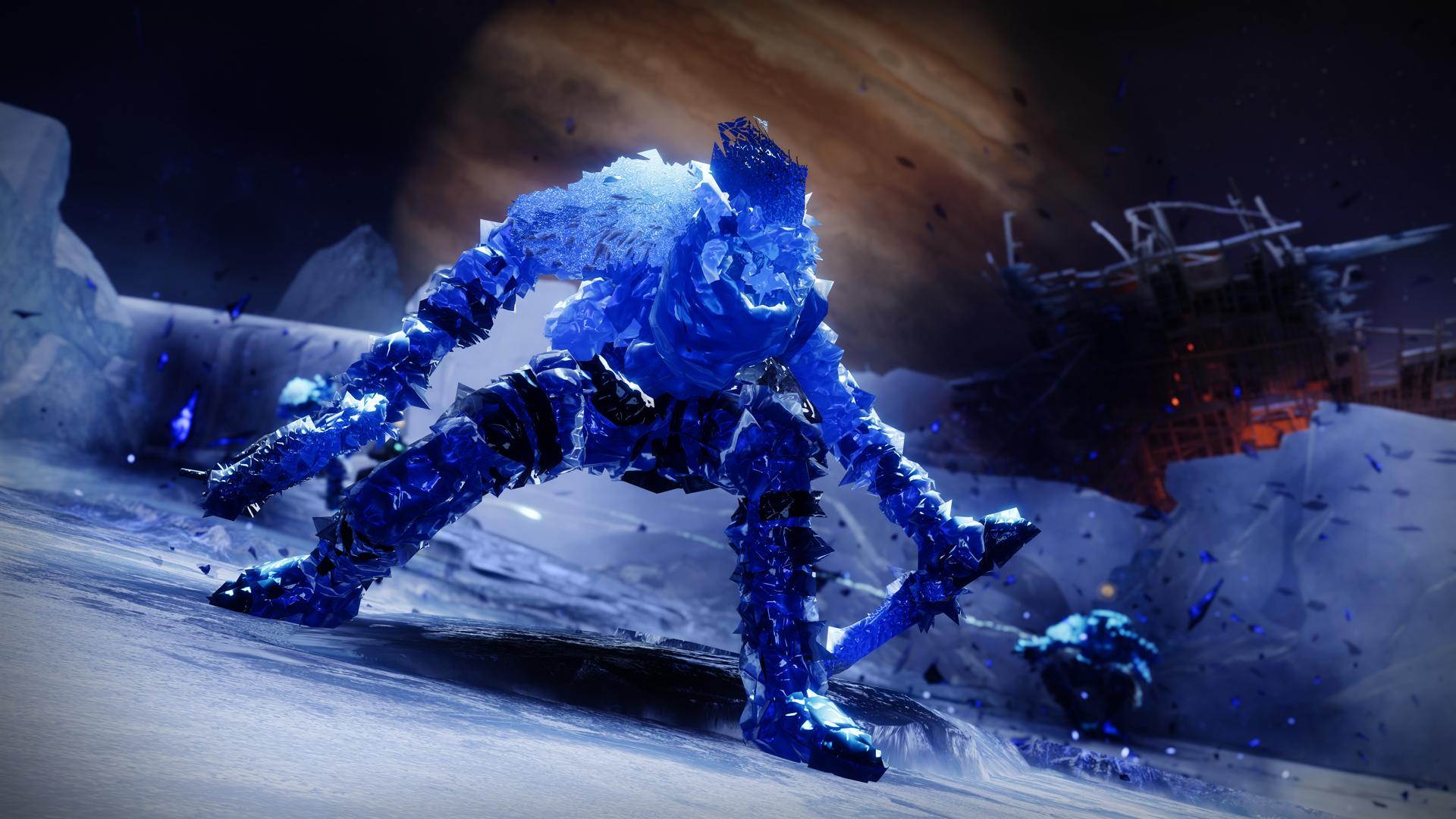
Stasis was intended to counter PvP's biggest issue: Apes
I think PvP for us is going to be a focal point and a lens. We're going to look through it with more scrutiny than we did before.
Kevin Yanes
Though Stasis has undoubtedly had a negative effect on Destiny 2's PvP modes, Yanes believes the opposite is true when it comes to PvE. "The balance we have in PvE, for the most part, is largely positive," he said. That feels true. Having a class that excels at crowd control in a game in which players often face high-density waves of alien threats makes sense. The fundamental issue with Stasis is its implementation in the Crucible. Even before you get into how individually overpowered some of the abilities were, being suddenly frozen in a game that has always emphasized hypermobility feels terrible.
Interestingly, Yanes explained that Stasis was actually designed to counter a perennial problem in Destiny 2's PvP. "We wanted this fantasy of countering the unbridled aggression the game currently has," he said, referring to the W-spamming shotgun apes. "We definitely looked at the game and how it played at the time and saw a clear need for something to shut down the shotgun rushers, the pogo-ing hunters, something that felt like you had an opportunity other than also rush, also pogo, or back-off."
"In PvP, the least fun thing you can ever tell a player is have fun somewhere else because you can't win this one. That should never be an answer we give a player," Yanes continued.
But obviously Stasis went too far. It didn't just counter that aggressive playstyle, it dominated every playstyle. The problem is something that Yanes said he takes seriously. "PvP is near and dear to my heart, I saw a Twitter comment that was like 'do the devs even play their game? It's atrocious, it's awful right now,'" he explained. "And I am like, yeah dude, we all pull up a big ol' bowl and we take a big ol' bite out of it every goddamn day. When it's rough it's rough for us too. I want you to know that I sat there and ate a face full of shurikens on Trials [of Osiris] as well. At no point was I like 'Man, you know what guys? We killed it!'"
"I think PvP for us is going to be a focal point and a lens. We're going to look through it with more scrutiny than we did before, especially if we introduce things like crowd control."
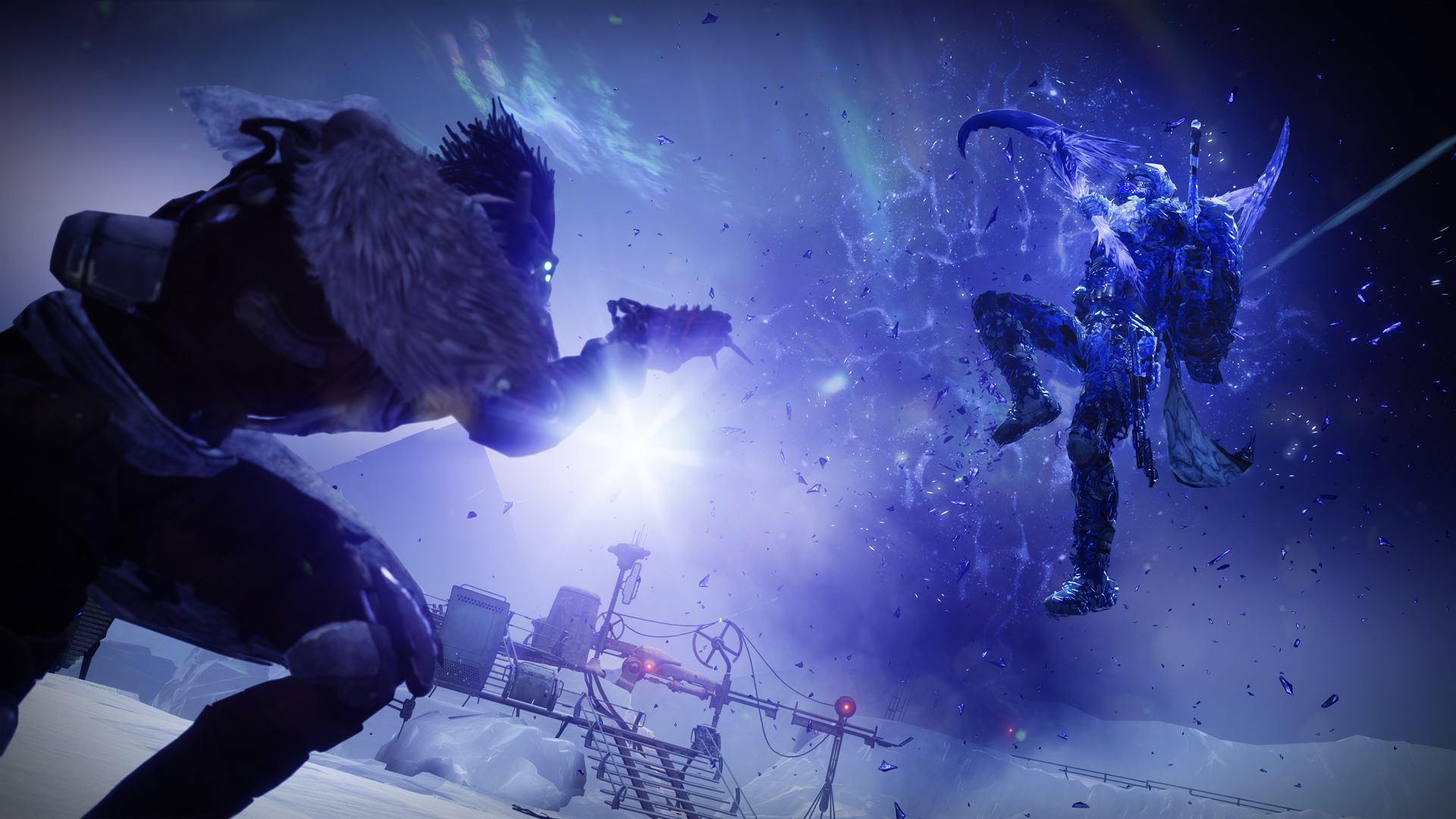
Balancing player power fantasy with what's good for the game is hard
One theme repeated throughout the interview was the desire of Yanes, Proctor and the sandbox team to skirt the fine line between the player fantasy—how the game makes the player feel—versus what's good for the game's sandbox of weapons and abilities. This is a particularly difficult thing to do, especially when you're actively playing the game, as Yanes explained.
"A super important part of the job is listening to the community, because there might be things that I love or I might dislike that if I was given a blank cheque I would totally change but it's not necessarily what's right for the community," he said. "We're making this game just as much for them as for ourselves."
Yanes describes Dawnblades as "anime as fuck" and "the shit" even though it's also "way too hot, way too strong."
Part of this job is understanding what might feel great for the player individually might not be what's best for the overall sandbox. The example brought up by Yanes is the Warlock Solar subclass Dawnblade, most notably the top-tree option in PVP. Yanes describes it as "anime as fuck" and "the shit" even though it's also "way too hot, way too strong."
For Yanes, the standard he wants to set across all subclasses is a gameplay loop that feeds into both the player fantasy, the lore of the game itself as well as being optimal within the mechanical scope of the game. Something he feels has been achieved with one particular subclass. "I am pretty jazzed about where bottom tree Gunslinger ended up. Though I recognize it's not necessarily the strongest, the mechanics are super fun and the fantasy is rad. It has got its strengths, it has got its weaknesses, but then it's got its power expression that we totally love about it."
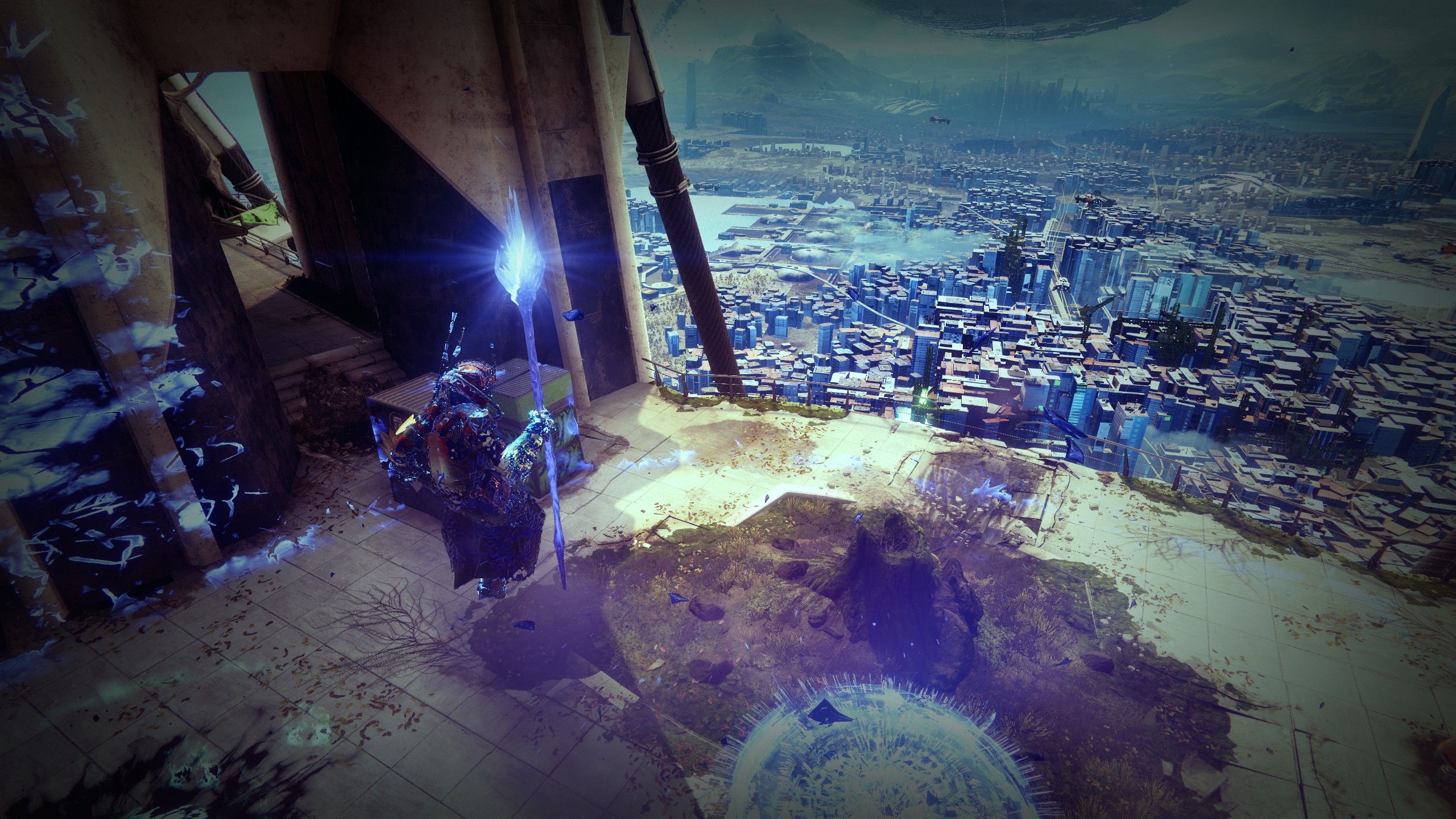
Movement and Abilities Are Still Too Prominent
It's not just Stasis that needs addressing in PvP, excess movement and ability regeneration are also destined for the nerf hammer in the future. Top Tree Dawnblade again seems an obvious candidate for changes, given how it enables players to zip around the sky at little cost. Yanes explained that the team "pushed abilities and movement too far ahead in the dominance of PvP."
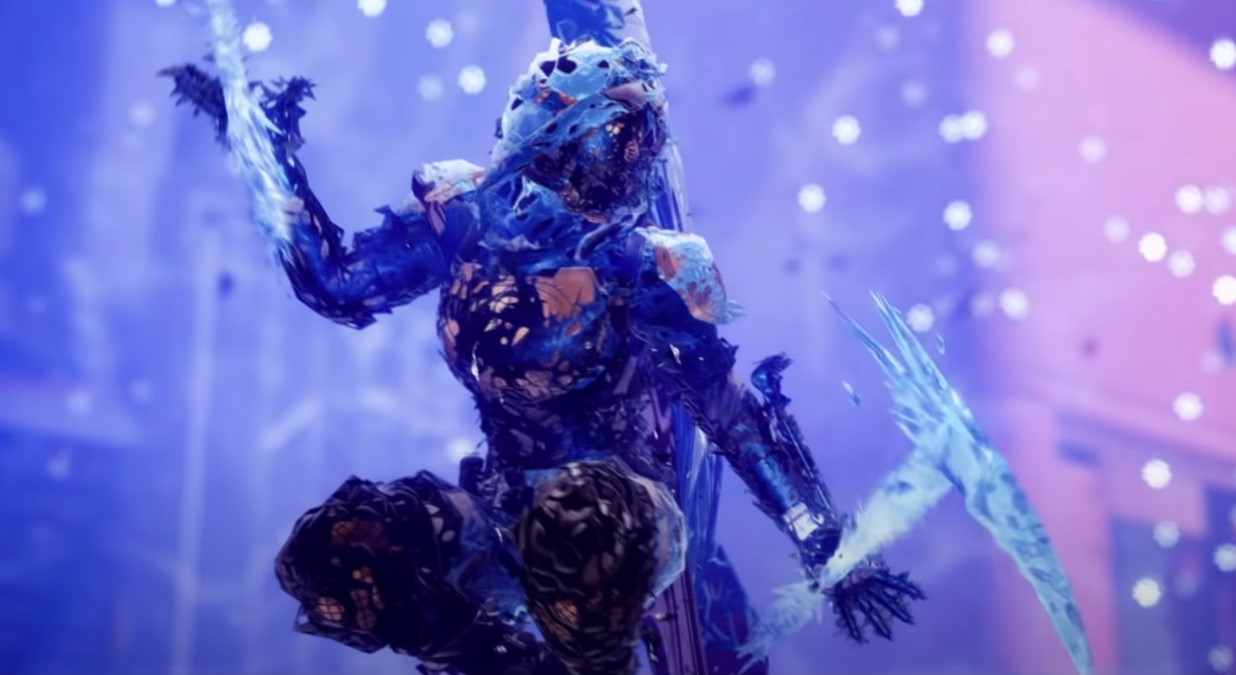
- Roaming Supers will be addressed in the future: "There is a world where the roamers are a longer cooldown than the single panics."
- "We're okay with the players having a moment of extreme power, but it's boring if that's unearned. Stuff like Roaring Flames, that's earned."
- Players will always play the role that suits their fantasy: "Hunters are in the situation where people love their capes and love their fantasy. So people will always be Hunters even if we made them subpar."
- After the quickdraw weapon perk nerf, Proctor promises to next address quickswap. Much to the fear of all apes out there.
Yanes also promised that the sandbox team won't plunge players back to the dark ages of Destiny 2's original launch, when PvP was way too slow and stale thanks to the dreaded double-primary loadout system. But he does believe "there's a wide spectrum in combat and we are currently pretty hard on one end."
One of the solutions floated by Yanes was to explore neutral ability regeneration. Currently, with a bit of careful building and planning, it's very easy to build a guardian that can gain their melee, grenade and super abilities incredibly fast, which in top-tier activities like Trials Of Osiris can be the difference between going flawless and a failed card.
Yanes doesn't want to remove the build crafting aspect of the game. "It's cool when you can nerd out about Destiny and come up with cool combinations and then bring it to your friends and say 'I have figured out this thing!'" But these quick ability builds have moved PvP away from the game's roots, something that Yanes wants to tackle.
"What we're looking at is shifting combat in PvP over towards gunplay. The abilities are going to be the things that you use to tip the fight in your favour. In some cases, if they're super high skill shots or if you [build] towards it, you'll be able to one-shot at some cadence but the goal there is not to end up where we're at today where you can build to [those abilities] super quickly."
The desire to shift PvP's focus back to a gun game is also affecting the ways the sandbox team are approaching movement. Once again balancing the player fantasy with mechanical reality, to ultimately create a healthy PvP ecosystem. "There's that two-way street which makes a shooter fun. It's fun to be in combat and fight other people and get shot at. It's also fun to shoot people. Some of those movement abilities make it really not fun to shoot people. So there has to be some mechanism to reigning movement in."
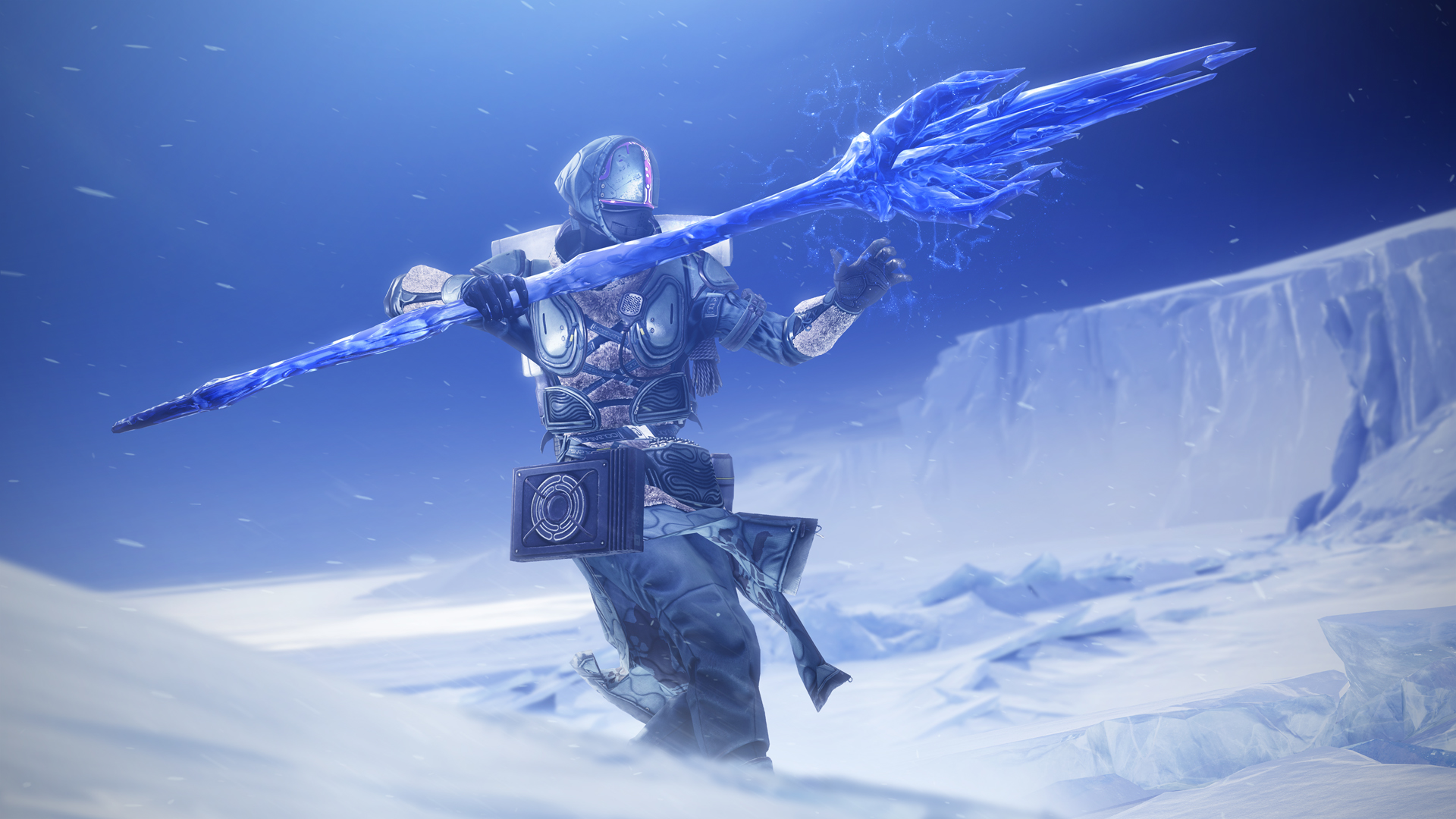
Special Ammo Will Be Addressed In The Future
Special ammo is just bountiful, it's too easy to run a special weapon as a primary and not have to pay a particular cost for it.
Chris Proctor
Before Stasis was the main scapegoat for players' angst, those shotgun apes were the biggest topic of complaint. Proctor was quick to acknowledge that "shotguns are super dominant at the moment." And honestly, what else could he say, given that their easy one-hit-kill potential has seen shotties dominate Destiny since, well, forever.
However, he said the main issue isn't with shotguns themselves but the ammo they use. "Special ammo is just bountiful, it's too easy to run a special weapon as a primary and not have to pay a particular cost for it," Proctor explained.
Having a near infinite spawn rate for special ammo removes the "moment of power" players get from picking it up and makes special weapons far too flexible. Proctor said that "special weapons are meant to have very rigidly defined roles, like outside of a certain situation a shotgun is the wrong tool and primaries are way more flexible and should get the win."
"We're not there right now," he added. "We're definitely looking at that pretty soon, in small ways earlier on and larger ways further out."
Throughout the hefty two-plus hour interview, Yanes and Proctor get into the nitty gritty of RPM balancing and other small tweaks, and you can watch the full interview on Twitch if you want more details. But it's these particular moments that stood out the most—not because of Yanes' and Proctor's sobering transparency in Destiny 2's recent failings, but in their commitment to learn from mistakes and push Destiny 2's PvP on to a better future.

